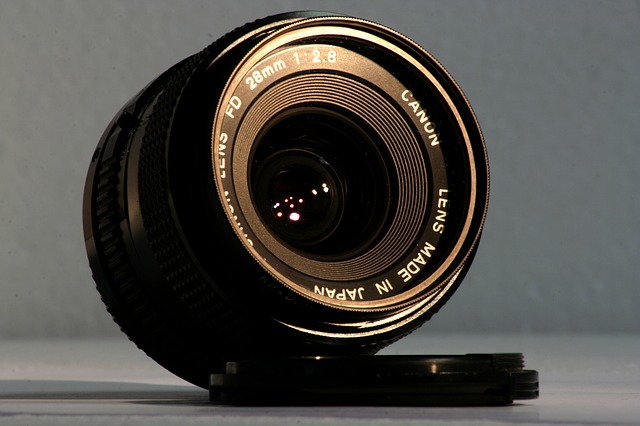Researchers have created a new, super-thin, flat “metalens” that ideally can replace the stacked, bulky lenses now being used in cameras, telescopes, smartphones and other gadgets.
There have been many advances in lens technology, but so far, no one has conceived of commercially available lenses to replace the current stacked design with one, compact thin lens, reports Tech Times.
The curved lenses being used in telescopes and cameras now are stacked on top of each other to minimize image distortions and produce a clear, sharp image. This is why longer telephoto lenses capture better images, and why powerful microscope lenses are huge.
Scientists from the Harvard John A. Paulson School of Engineering and Applied Sciences (SEAS) have developed the first planar metalens, which is highly efficient within light’s visible spectrum. This new lens is also able to resolve nanoscale features. An ultra-thin structure of miniscule waveguides called “metasurface” bends light passing through it, similar to today’s curved lens process.
The team used titanium dioxide to create the heart of the metalens, which is a nanoscale collection of high-aspect ratio and smooth nanostructures.
These nanostructures are capable of providing better focus compared to even the best commercial lenses.
Federico Capasso, senior author on the study and a Robert L. Wallace professor of Applied Physics, says that this new technology may become the next revolutionary product. The capacity to work in light’s visible spectrum means it might be able to replace all current lenses.
Capasso said, “In the near future, metalenses will be manufactured on a large scale at a small fraction of the cost of conventional lenses, using the foundries that mass produce microprocessors and memory chips.”
The researchers have already filed patents for their new metalens, and are now looking for commercial uses for the world’s first planar lenses.
“But our lenses, being planar, can be fabricated in the same foundries that make computer chips. So all of a sudden the factories that make integrated circuits can make our lenses,” Capasso adds.
The study was published in the journal Science.
























